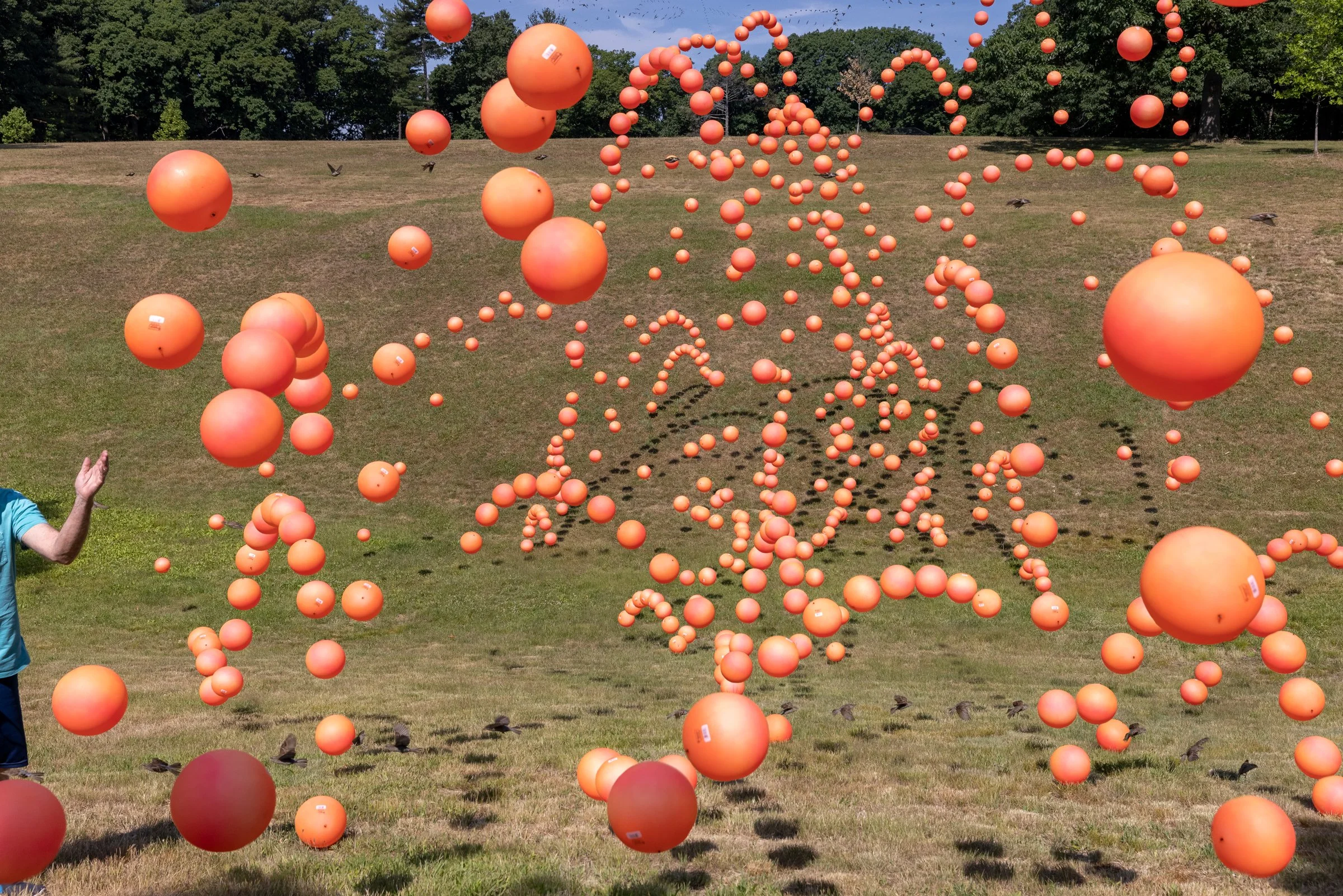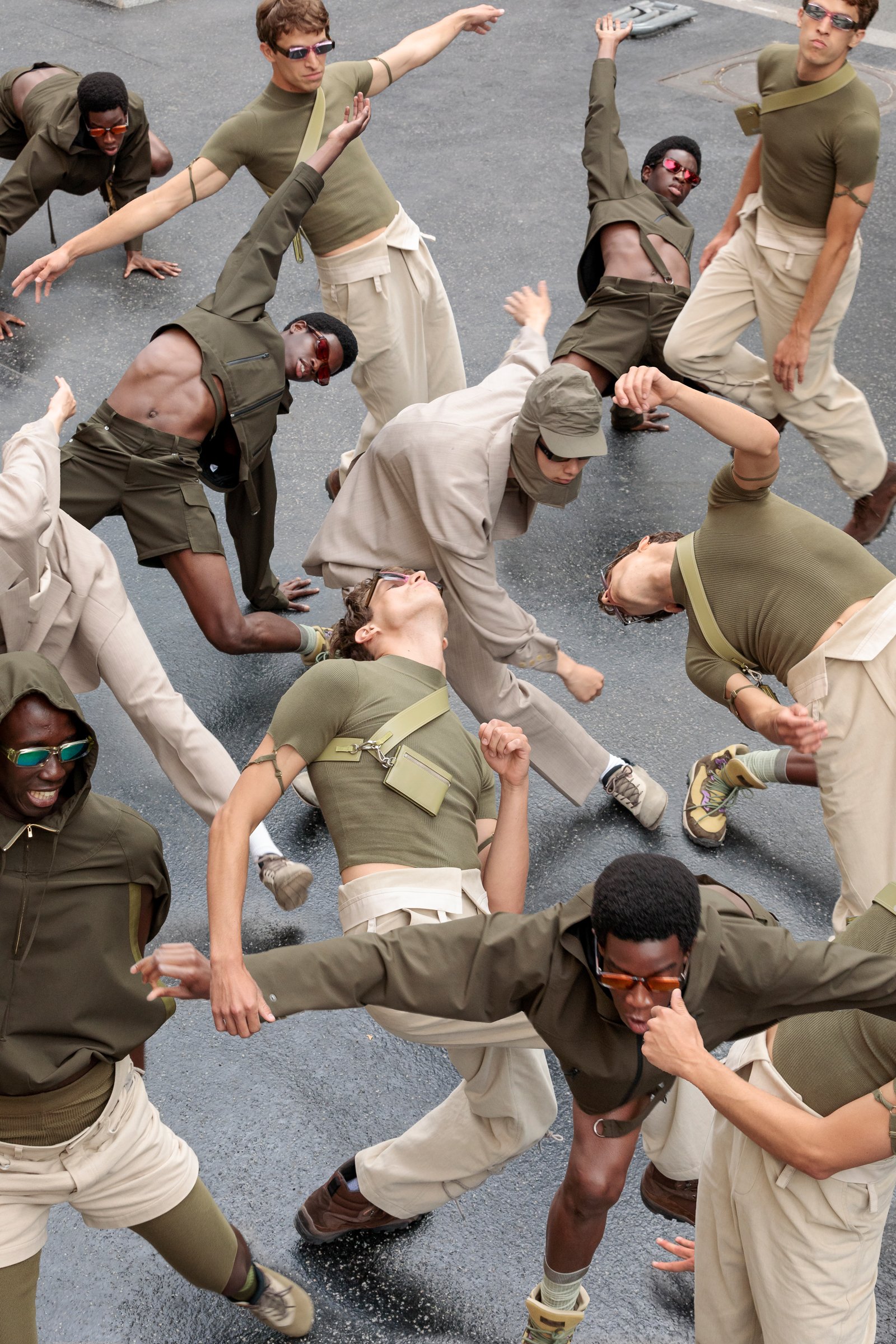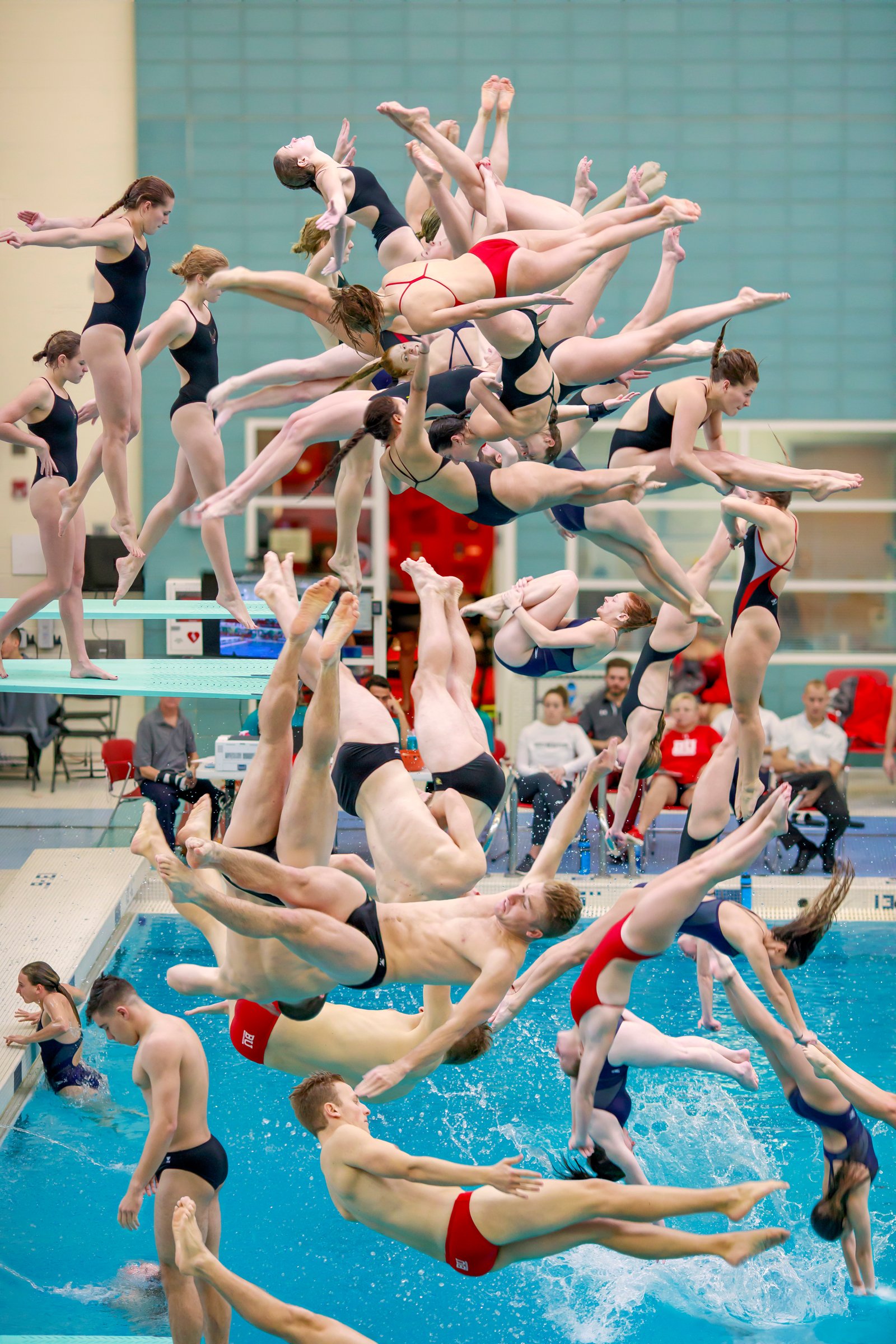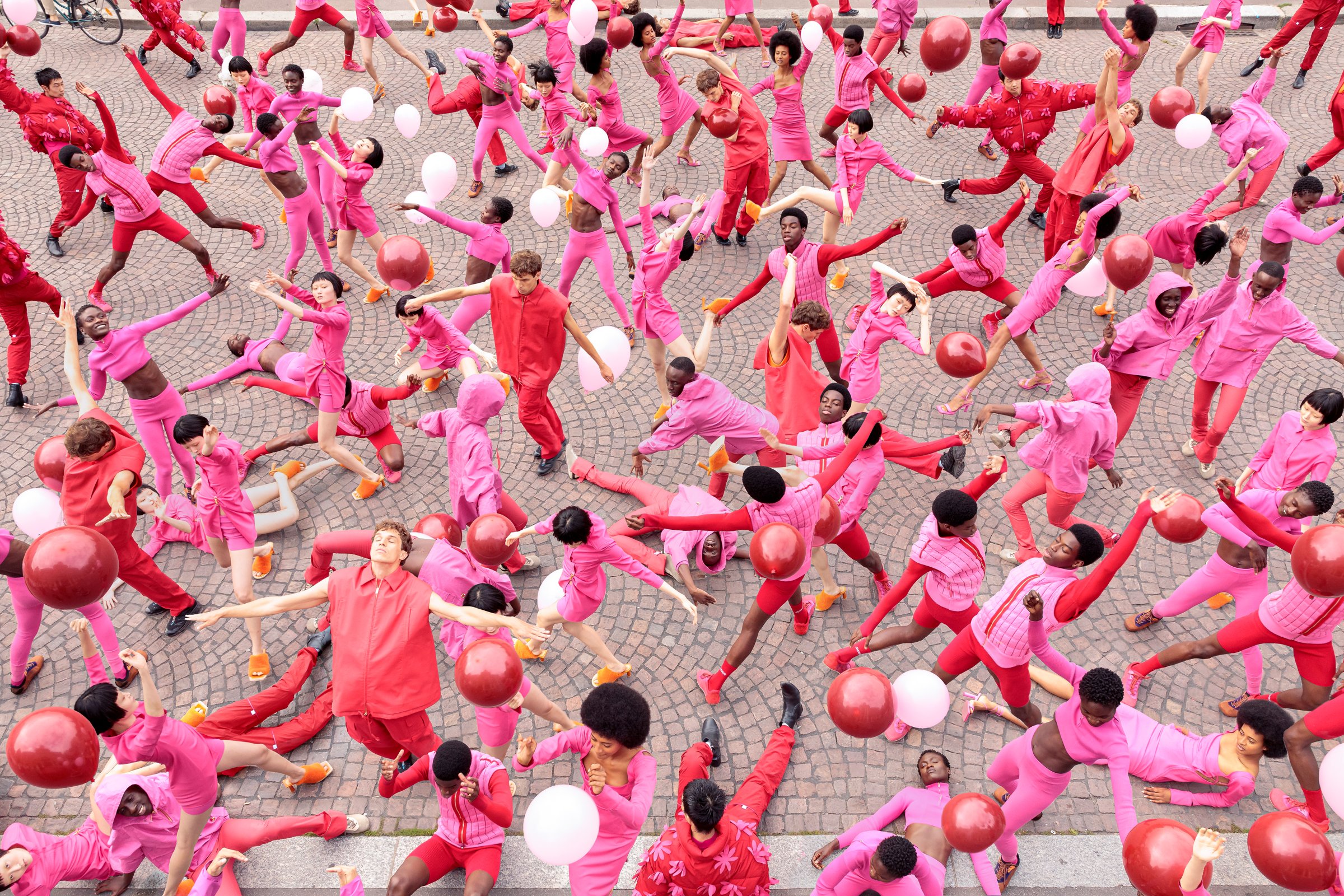
The Work of pelle cass
interview with pelle cass
Pelle Cass is a photographer from Brookline, Massachusetts. His work is collected by the Fogg Art Museum, the Addison Gallery of American Art, the Polaroid Collection, the DeCordova Museum, the Peabody Essex Museum, and the MFA, Houston. He has received fellowships from Yaddo, Artist’s Resource Trust, and the Polaroid Collection. Just an Idea Books published Cass’s first monograph in 2021.
How did you first get introduced to photography and how did this influence your work?
I went to an alternative school named Lewis-Wadhams for high school. The director of the school was a former Life Magazine photographer named Herb Snitzer. Of course, he offered photo classes and I was hooked. Herb was trained as a painter, and I think he had a less tech-y and less purist attitude than was typical at the time. A photo was just another kind of art. And I think that rubbed off on me.
What do you look for in your photographs?
Energy. Feeling. Strangeness. Every part of the picture should have something interesting, a person, a bird, or just dynamic negative space.
Tell us about your process.
I put my camera on a tripod and take thousands of pictures. Then, back at the studio, I start going through all the images, leaving in the interesting figures, and skipping over the rest. Then I build a composition around those interesting figures. The key thing about my work is that I never move the position of a person or bird or whatever. Everything stays in its real, original position. I just decide what to keep and what to leave out.
Can you talk about how randomness adds to your work?
When I set up a camera, I know that it will be for an hour or two. So I'm setting up to photograph the future. There is nothing more random and unpredictable than that!
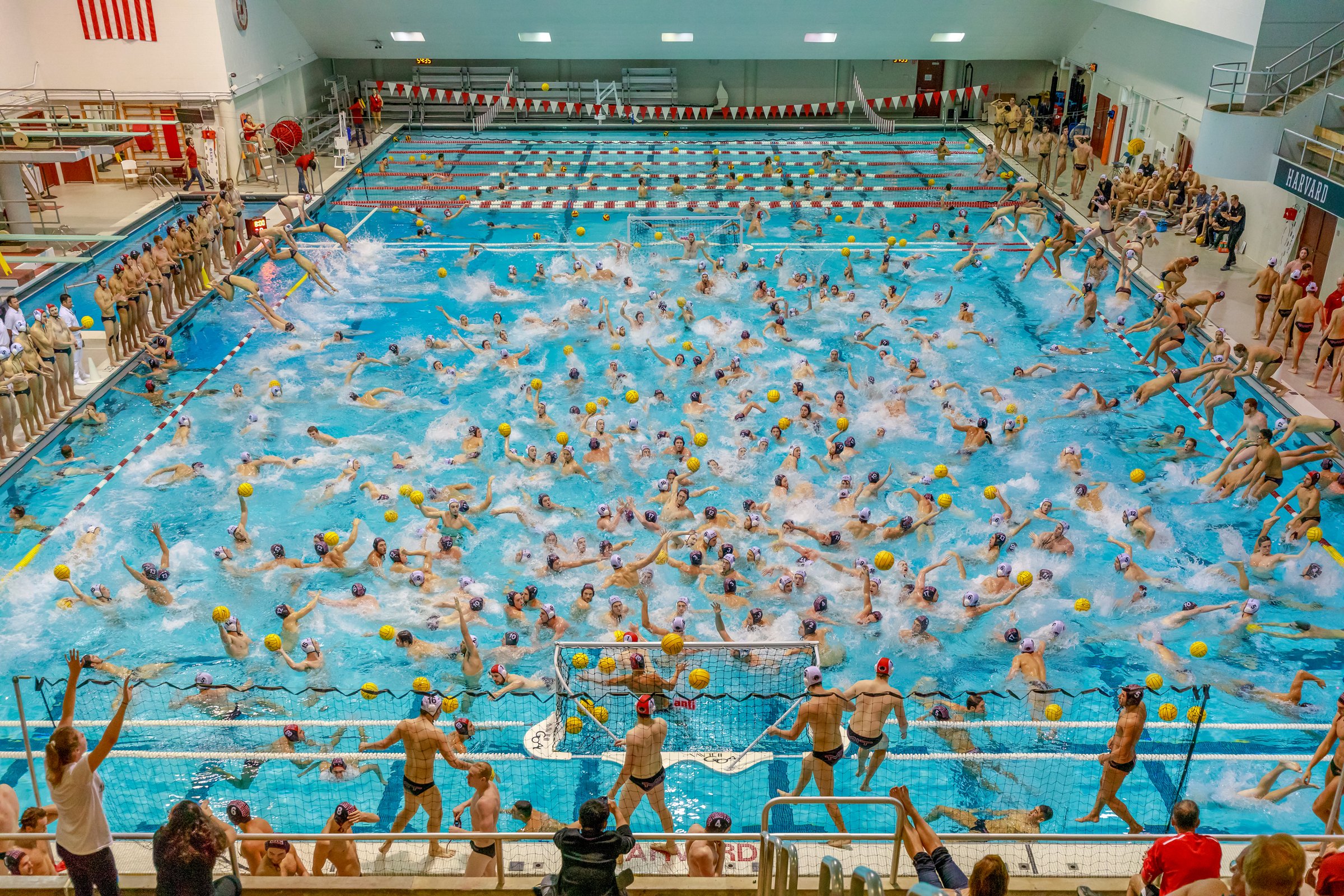
Can you plan for the work you are making?
I may not be able to predict the future, but I can guess where to point the camera. When it's a sports event, it can be easy enough. But when it's a street scene, I just hope something comes along. My theory is that if I point a camera at some public spot for a long enough period, something interesting will occur. And it's true. A lot happens in an hour if you look closely.
How much of your work is technical? How much is creative?
Well, I admit the technical trick I do, what I sometimes call a still time-lapse, is important. But I don't think it means a thing by itself. Anyone who knows photoshop a bit can learn the trick. It's not that hard! All the little decisions I make about the composition is what makes the picture into a picture. Maybe my willingness to spend weeks on a single picture is technical, but I just keep going until it starts to work. For me the technique is inseparable from the creative. For example, the exact way a painter loads a brush and touches it to the canvas is technique. It also determines much of what a painting is. It works the same for me.
How would you describe your work?
Here's my artists statement for my series of sports pictures called Crowded Fields. But it holds for most of my work.
"In the reshuffled time of this series of composite photographs called Crowded Fields, play prevails over competition, and whole games are shown out of sequence. Most of the pictures were taken at lightly attended events at pools, fields, stadiums, and arenas at colleges around Boston, where I live.”
To make the compositions, I put my camera on a tripod, take thousands of pictures, and compile the selected figures into a final photograph that is kind of a still time-lapse. I change nothing—not a pixel. I simply select what to keep and what to omit and everything stays in its exact, original place in the frame.These images are truthful documents of an hour or two and contain more information than a conventional still photograph. Beyond matters of technique and subject matter, I hope to convey a sense of play, the eeriness of time, and a feeling of Dionysian chaos."
Dazed x Jacquemus
From the series Crowded Fields
From the series Uncrowded Fields
From the series Crowded Fields
From the series Selected People
What are you most inspired by?
The ability of the camera to record what things look like. It's stunning. I feel it whenever I take a picture on my phone and I feel it whenever I go out to work on a complicated new project.
What are you working on next?
I have shows in the works in Paris and Hong Kong. An issue of Antidote Curates will be devoted to my work this fall, and I've been working on a series of pictures of tossed spheres, kind of an offshoot of my sports pictures but without the people and with things like apples, marbles, and bubbles.
From the series Crowded Fields
